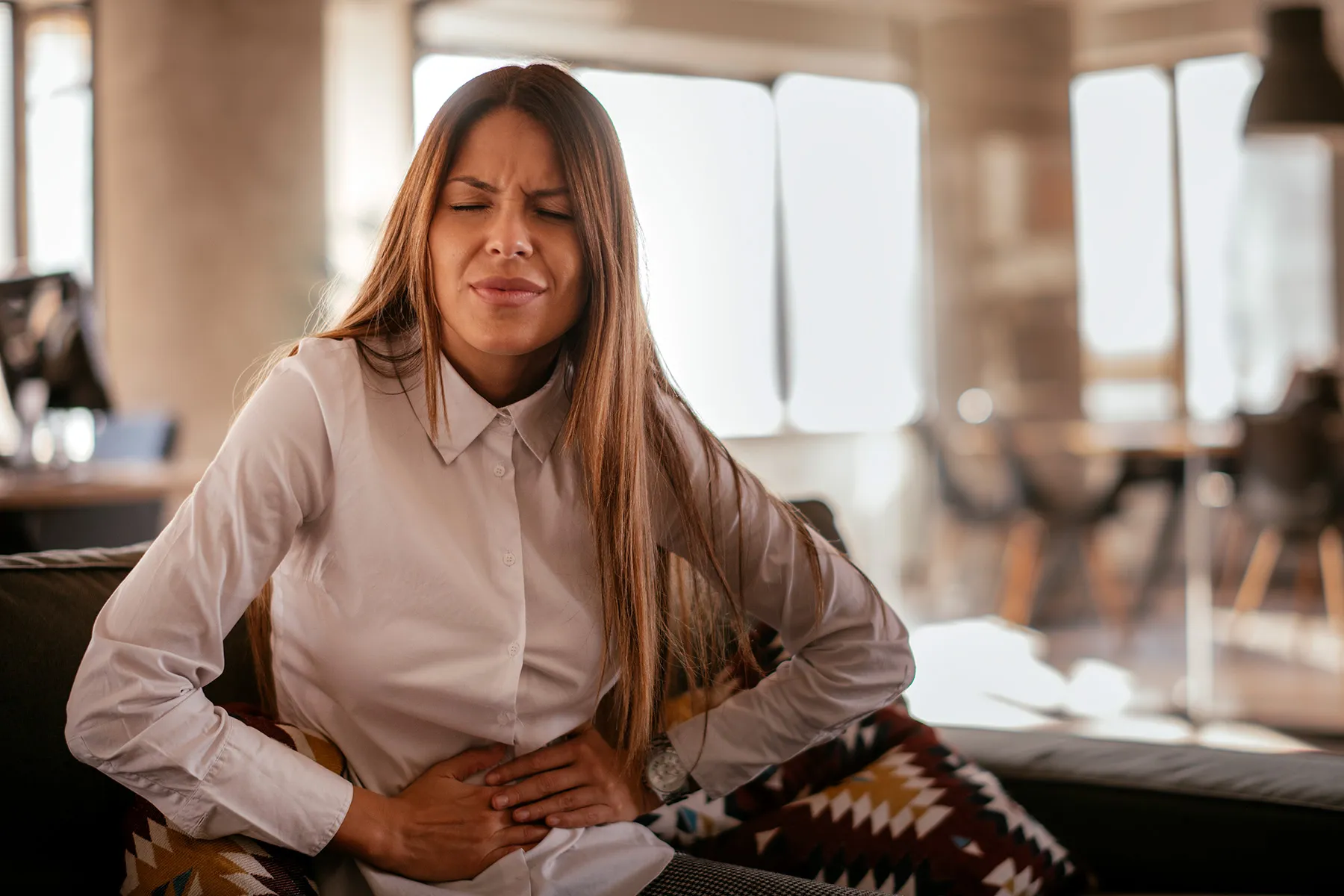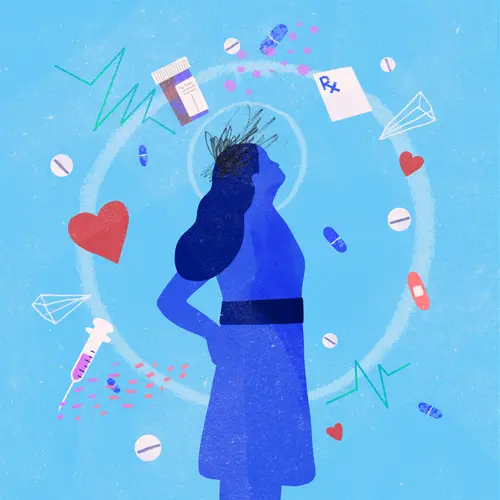The symptoms might sneak up on you, intensifying over time. Longer, heavier periods. Bloating and pelvic pressure. Frequent urination, or constipation. Any of these could signal uterine fibroids. Also known as leiomyomas, or myomas, fibroids are generally benign growths in the muscle of the uterus. They’re also very common. Roughly 70% to 80% of women are diagnosed with one or more fibroids by age 50.
Some fibroids grow inside the uterus (the womb). Others stick out from the uterus “like an ear,” said Michelle Louie, MD, a fibroid specialist and an associate professor in the Department of Medical and Surgical Gynecology at Mayo Clinic.
You could have one fibroid or many, ranging from as small as a grain of rice to as large as a watermelon. Your doctor might notice fibroids during a routine pelvic exam or ultrasound. But depending on the size and location of fibroids, you might not even know they’re there. Even a 10-centimeter fibroid can go unnoticed, explained Louie.
“Some people are embarrassed that they had no idea,” she said. “That's actually pretty common.”
For other people, fibroid symptoms can be excruciating. Fibroids inside the womb, known as submucosal fibroids, can make your menstrual period longer or more painful. Larger fibroids may put pressure on the bladder or intestines, causing urinary or bowel symptoms. You could also feel bloated or sense heaviness or pressure in your pelvic area.
Fibroid Causes and Risk Factors

It's not exactly clear why fibroids happen, but changes in hormones probably play a role. Fibroids don’t typically develop before someone begins menstruating.
"They seem to flourish in states of high estrogen," said Louie, “which is why they're more common in our reproductive years.”
Having high blood pressure, obesity, or a vitamin D deficiency can increase your risk of fibroids.
Black women can be at a greater risk of vitamin D deficiency, said Deirdre Lum, MD, a fibroid specialist and clinical associate professor at Stanford University. And research has shown that fibroids are more likely to affect Black women over White and Hispanic women in number of fibroids and severity of symptoms. Getting your period before age 10 may also increase your risk of getting fibroids.
Here's how that risk changes as you age.
Teenage years and 20s
Fibroids are unlikely to appear in adolescence, but it is possible. Lum has seen “one or two teenagers with fibroids” in her career, she said.
It’s also “pretty rare to be diagnosed with fibroids in your 20s,” said Louie.
30s and 40s
Most uterine fibroids are diagnosed among people in their 30s and 40s. Aging provides fibroids time to grow and cause symptoms. Researchers are still trying to understand why some people grow larger fibroids than others, but estrogen is the likely culprit, said Louie.
Understandably, many patients worry about hormonal birth control "feeding" fibroids, Louie said. But those medications can actually help prevent fibroids from growing larger, while also treating symptoms such as heavy periods, which can lead to anemia and other health issues.
"If you're happy with your birth control pill, you should not stop using it because of the risk of developing fibroids," said Louie. “In fact, you might be lowering your risk of fibroids.”
Depending on their size and location, fibroids may affect fertility. Fibroids inside the womb can interfere with egg implantation or your ability to stay pregnant. Some fibroids continue growing during pregnancy.
“Reassuringly, a large number of people with fibroids have a totally normal pregnancy,” Louie said. A fibroid specialist can help you weigh the risks and treatment options.
50s and beyond
You’re unlikely to be diagnosed with a new fibroid in your 50s, as estrogen levels decline and you enter menopause. Fibroids typically stop growing with menopause and may even get smaller.
But that doesn’t mean your fibroid symptoms will disappear overnight. “It’s difficult to predict how much and how fast they’ll shrink after menopause,” said Lum.
While bleeding symptoms clear up after menopause, other issues caused by fibroid size may persist, since fibroid shrinkage "is generally minimal," Louie said.
If you have large fibroids and you still have symptoms like pelvic pressure, frequent urination, or constipation after menopause, then you may want treatment. And while it's rare to get new fibroids after menopause, it is possible.
"If women are taking menopause hormone therapy, then they might develop new fibroids due to the exposure to estrogen hormone therapy," Louie said. But this is not common.
If you're not on hormone therapy and you notice new fibroid symptoms, Louie recommends seeking prompt evaluation by a fibroid specialist.
Hysterectomy, she said, is "the best and most effective treatment for fibroids after menopause."

